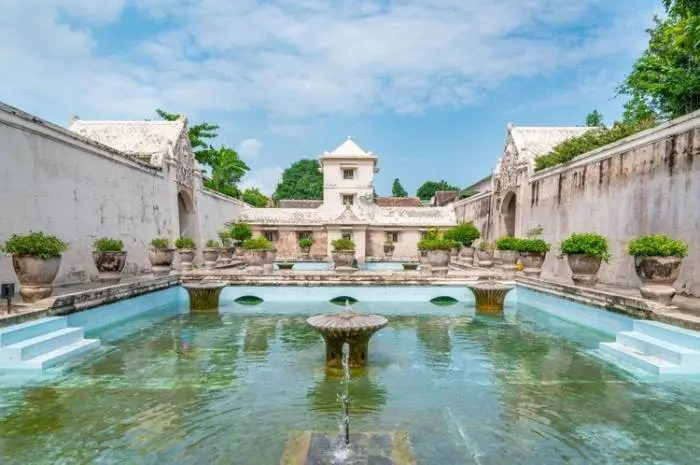Taman Sari, often referred to as the Water Castle, is a historically rich water park located in the heart of Yogyakarta, Indonesia. This architectural marvel, built in the mid-18th century, was once a royal garden of the Sultanate of Yogyakarta and is now a popular tourist attraction known for its unique combination of history, culture, and beauty.
In this extensive article, we explore Taman Sari’s historical background, architectural features, cultural significance, and its enduring allure as a tourist destination.
Historical Background
Taman Sari was constructed during the reign of Sultan Hamengkubuwono I, the first sultan of Yogyakarta. The complex was built between 1758 and 1765 and was originally designed as a pleasure garden for the Sultan, his family, and his harem. It was a place of rest and retreat as well as a complex for meditation and defense.
The construction of Taman Sari marked a significant period in Javanese history, reflecting the rich cultural and artistic heritage of the Yogyakarta Sultanate. Over the years, parts of Taman Sari were damaged due to natural disasters and war, but significant sections have been restored and preserved.
Architectural Features
Taman Sari is an architectural wonder that showcases a blend of Javanese and European styles. The complex is divided into four distinct areas: a large artificial lake, bathing complexes, pavilions and pools, and an intricate network of underground tunnels and rooms.
The most famous part of Taman Sari is the bathing complex, known for its intricate and elegant design. It features several pools where the Sultan’s wives and concubines would bathe, while the Sultan could observe from a high tower. The design of the complex is a testament to the advanced architectural and engineering skills of the Javanese people in the 18th century.
Cultural Significance
Taman Sari holds great cultural significance as a symbol of the ingenuity and creativity of the Javanese people. It is a physical representation of the blend of Javanese and Islamic cultures that was prevalent during the Sultanate period.
The complex is also a symbol of the Sultan’s power and wealth, as only the most skilled artisans and builders of the time were commissioned to create this royal garden. The use of water in the complex is particularly significant, as it reflects the Javanese belief in the cleansing and purifying properties of water.
Taman Sari as a Tourist Destination
Today, Taman Sari is a popular tourist destination, attracting visitors from all over the world. Tourists are drawn to its historical significance, architectural beauty, and the serene ambiance it offers. Walking through the complex, visitors can explore the bathing areas, the ruins of the water castle, and the underground tunnels, getting a glimpse into the life of the Javanese royalty of the past.
Guided tours are available, offering insights into the history and cultural significance of the complex. The surrounding area of Taman Sari has also become a hub for local artisans and craftsmen, with several shops and galleries showcasing traditional Javanese art and handicrafts.
Preservation Efforts
Efforts have been made to preserve and maintain Taman Sari, recognizing its historical and cultural value. Restoration projects have been undertaken to repair and conserve the aging structures, ensuring that this piece of Javanese history continues to be appreciated by future generations.
Conclusion
Taman Sari in Yogyakarta stands as a timeless monument to the rich cultural heritage of Indonesia. Its blend of history, architecture, and culture makes it a fascinating destination for anyone interested in exploring the depths of Javanese history and the artistic legacy of the Sultanate of Yogyakarta.
As a place where history comes alive amidst tranquil waters and stunning architecture, Taman Sari remains an essential visit for those traveling to Yogyakarta, seeking to understand the intricate tapestry of Indonesia’s cultural heritage.







